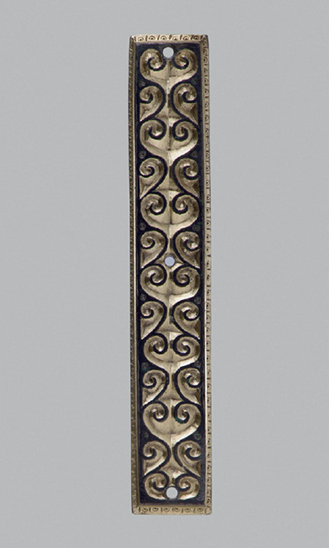c. 9500 BC | Establishment of relatively modern vegetation and wildlife in temperate Europe |
c. 7000 BC | Domestic plants and animals appear in Greece |
c. 5500 BC | Expansion of farming begins in central Europe |
c. 4000 BC | Adoption of farming by hunter-gatherers in southern Scandinavia and British Isles; first lake-dwelling settlements built in Alpine Foreland |
c. 40003500 BC | Wheeled vehicles are invented, probably in central or southeast Europe |
33843370 BC | Arbon-Bleiche 3 on Lake Constance inhabited |
c. 3300 BC | tzi the Iceman is killed crossing the Alps |
c. 3200 BC | Passage grave at Newgrange is built in Ireland |
c. 2900 BC | Construction of first bank and ditch begins at Stonehenge |
c. 26202480 BC | Stonehenge is expanded to full extent |
c. 24002300 BC | Amesbury Archer dies near Stonehenge |
c. 25002000 BC | Transition from Stone Age to Bronze Age in temperate Europe |
2049 BC | Seahenge is built on English coast |
c. 2000 BC | Man in Bush Barrow near Stonehenge buried with lavish grave goods |
c. 1550 BC | Dover Boat abandoned |
c. 1370 BC | Egtved Girl is buried in an oak coffin in Denmark |
1365967 BC | Flag Fen ritual platform is built and maintained in eastern England |
c. 1000800 BC | Transition from Bronze Age to Iron Age in temperate Europe |
c. 800500 BC | Intensive salt mining at Hallstatt |
747722 BC | Biskupin built in northern Poland |
c. 600 BC | Greeks establish trading colony at Massalia, southern France |
c. 590530 BC | Mud-brick wall in use at Heuneburg, southwestern Germany |
c. 400 BCAD 400 | Bog bodies are deposited in wetlands across northern Europe |
c. 350300 BC | Hjortspring Boat is deposited in bog with weapons sacrifice |
c. 300 BC | La Tne art style appears in western Europe |
c. 200 BCAD 400 | Royal sites in Ireland flourish |
148 BC | Corlea Trackway built in Ireland |
58 BC | Caesar invades Gaul |
AD 9 | Slaughter of Varus legions in Teutoberg Forest by native forces led by Arminius |
AD 43 | Romans invade Britain |
c. AD 200 | War-booty sacrifice made at Illerup dal A |
AD 31020 | Nydam Boat constructed in northern Germany |
AD 406 | Barbarians cross the Rhine in force, devastation ensues |
AD 410 | Goths sack Rome, Roman officials leave Britain |
AD 451 | Romans and Visigoths defeat Huns at Chlons, eastern France |
AD 476 | Conventional date for final collapse of Roman Empire in the West |
AD 480 | Sandby Borg on island of land sacked, inhabitants massacred |
AD 481/2 | Childeric, king of the Franks, is buried in Tournai, Belgium |
AD 496 | Childerics son Clovis converts to Christianity |
AD 1557 | Concept of a Migration Period introduced by Wolfgang Lazius for population movements during the first millennium AD |
AD 1808 | William Cunnington excavates Bush Barrow near Stonehenge |
AD 1854 | Ferdinand Keller investigates Swiss lake-dwelling sites |
AD 1933 | Walenty Szwajcer discovers Biskupin in Poland |
AD 1950 | Tollund Man discovered in Denmark |
AD 1987 | Tony Clunn finds the site of an important Roman defeat in the Teutoberg Forest |
AD 1991 | tzi the Iceman found by hikers in the Alps |
AD 2014 | New Iron Age royal tomb is discovered at Lavau in France |

| P REFACE |
T he civilizations of Greece and Rome that flourished in Mediterranean Europe did not develop in isolation. To their north, non-literate peoples inhabited river valleys, mountains, plains and coasts from the Atlantic to the Urals. The ancient Mediterranean civilizations called them barbarians as a way of marking them as different and alien. Their story, known almost exclusively through archaeological finds of settlements, offerings, monuments and burials, is as compelling as that of the great literate, urban civilizations. Moreover, the prehistoric past of Europe echoes into the modern era through new discoveries, celebrations of the past, tourist attractions and even politics.





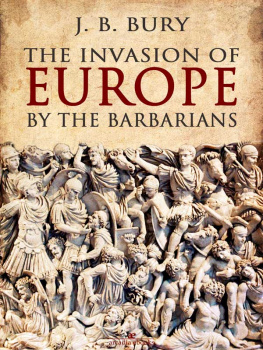
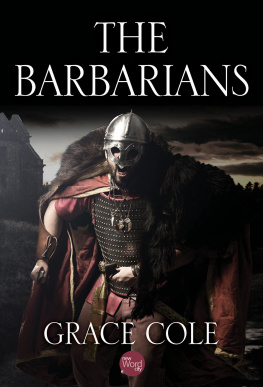
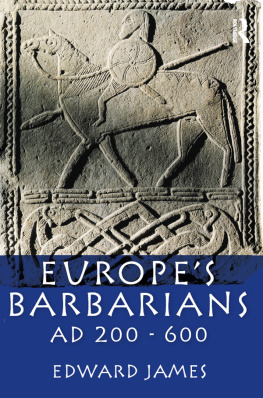
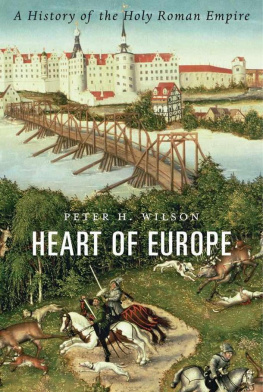
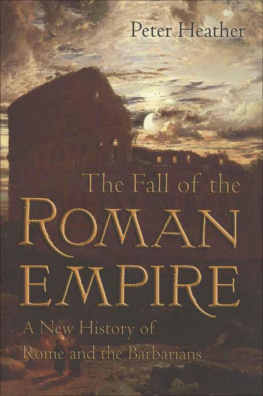
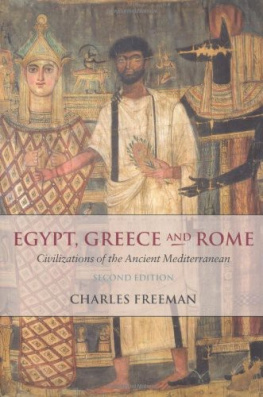

 THE BARBARIANS
THE BARBARIANS

 CONTENTS
CONTENTS
